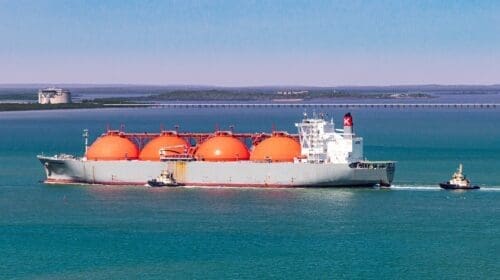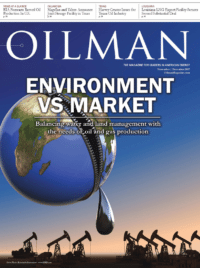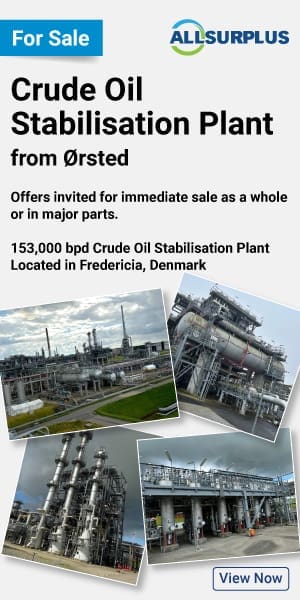Even though the Energy Information Administration (EIA) at the Department of Energy hedged its monthly analysis of energy markets in the U.S. because of Hurricane Harvey, it predicted crude oil production will set a new record in 2018.
EIA forecasts total U.S. crude oil production to average 9.3 million b/d for 2017 and 9.8 million b/d in 2018, which would mark the highest annual average production in U.S. history, surpassing the previous record of 9.6 million b/d set in 1970.
U.S. crude oil production is estimated to have averaged 9.2 million barrels per day (b/d) in August, down about 40,000 b/d from the July average. Crude oil production in the Gulf of Mexico fell to a monthly average of 1.6 million b/d in August, down by 70,000 b/d from the July level. At the time of publication, many oil production platforms in the Gulf of Mexico had returned to operation, and EIA forecasts overall U.S. crude oil production will continue to grow in the coming months.
Refinery operations declined significantly following Hurricane Harvey. Based on EIA’s weekly report, U.S. gross refinery runs averaged 14.8 million barrels per day (b/d) the week ending September 1, down by 3.1 million b/d from the previous week. EIA forecasts refinery runs to average 15.3 million b/d in September, down from an estimated average of 17.1 million b/d in August. Refinery runs are forecast to increase to 15.9 million b/d in October.
EIA expects much of the reduction in refinery production of petroleum products to be offset by a decline in petroleum product net exports. Net petroleum product exports will average 1.1 million b/d in September, down from an average of 2.9 million b/d during the first eight months of 2017, the report stated. A reduction in net exports can either come from a decrease in exports or an increase in imports. Additionally, the reduction in production of petroleum products could contribute to larger-than-typical inventory draws for September.
U.S. regular gasoline retail prices reached $2.69 per gallon on September 11, up 29 cents from August 28, and the highest weekly average since August 2015. EIA forecasts the average U.S. regular gasoline retail price to be $2.60 in September and then fall to $2.40 in October, which are 25 cents and 10 cents higher, respectively, than projected in August. EIA forecasts the regular gasoline retail price to fall to $2.23 in December.
U.S. dry natural gas production is forecast to average 73.7 billion cubic feet per day (Bcf/d) in 2017, a 1.4 Bcf/d increase from the 2016 level. Natural gas production in 2018 is forecast to be 4.4 Bcf/d higher than the 2017 level.
In August, the average Henry Hub natural gas spot price was $2.90 per million British thermal units (MMBtu), down 8 cents/MMBtu from the July level. Expected growth in natural gas exports and domestic natural gas consumption in 2018 contribute to the forecast Henry Hub natural gas spot price rising from an annual average of $3.05/MMBtu in 2017 to $3.29/MMBtu in 2018. NYMEX contract values for December 2017 delivery that traded during the five-day period ending September 7 suggest that a range of $2.39/MMBtu to $4.34/MMBtu encompasses the market expectation for December Henry Hub natural gas prices at the 95 percent confidence level.
EIA expects the share of U.S. total utility-scale electricity generation from natural gas to fall from an average of 34% in 2016 to about 31% in 2017 as a result of higher natural gas prices and increased generation from renewables and coal. Coal’s forecast generation share rises from 30% last year to 31% in 2017. The projected generation shares for natural gas and coal in 2018 average 31% and 32%, respectively.
Alex Mills is President of the Texas Alliance of Energy Producers. The opinions expressed are solely of the author.
Alex Mills is the former President of the Texas Alliance of Energy Producers. The Alliance is the largest state oil and gas associations in the nation with more than 3,000 members in 305 cities and 28 states.












